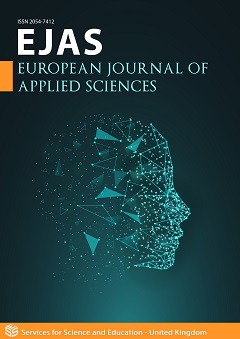Critical Thinking at The Tertiary Level: Individual and Collective Intentionality
DOI:
https://doi.org/10.14738/aivp.113.14982Keywords:
critical thinking, tertiary level education, qualitative study, themesAbstract
At tertiary level, students are expected to think critically, but the research has shown that there is much contention, if not confusion, in the way the term has been defined, with as multiplicity of variations, for decades. Most students believe they can think critically but when asked what is critical thinking, there is skepticism and uncertainty with multiple answers emanating. This is a qualitative study conducted with faculty members, and tertiary level students who are in the final year of the Bachelor of Education degree, at the University of Trinidad and Tobago. There were 53 participants belonging to both full-time and part-time cohort of students. The other participants included 7 lecturers at the same tertiary level institution. Data were collected through semi-structured interviews, questionnaires, focus groups and field notes. Analysis of data included forming categories and coding to arrive at emergent themes. The findings revealed that tertiary level students as well as lecturers conceptualize critical thinking differently, in a variety of ways including reasoning, analysing, questioning, ‘thinking outside the box’ and reflecting. While conceptual differences allow for dynamic discussions and explorations, the incoherence and the lack of common understandings place tertiary level students in an untenable situation, as they are unable to ascertain the requirements or demands of critical thinking, especially because their tutors have differential understandings.
Downloads
Published
How to Cite
Issue
Section
License
Copyright (c) 2023 Leela Ramsook

This work is licensed under a Creative Commons Attribution 4.0 International License.






